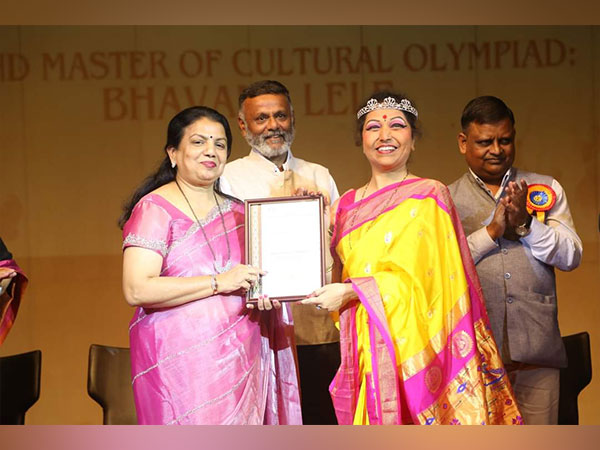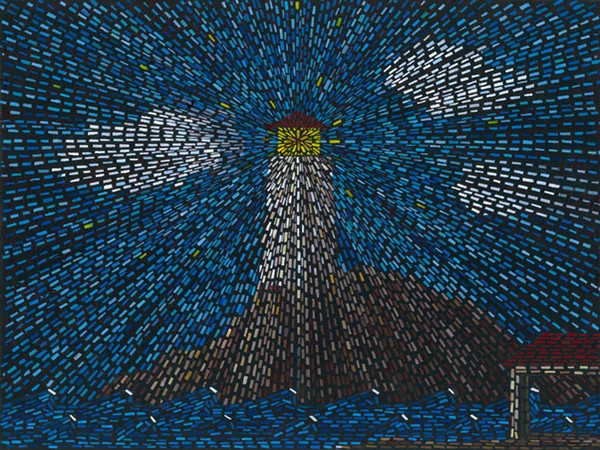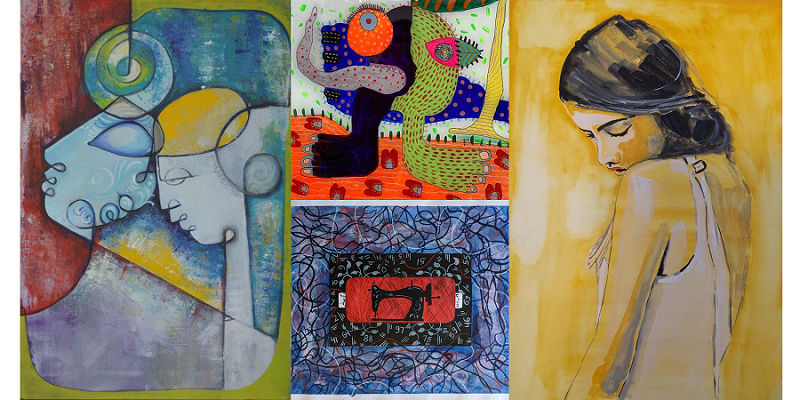In order to compile a comprehensive list of the top 10 culinary arts colleges in India, several factors were taken into consideration. One of the main factors was the placement rating of each college, as this is an important aspect for students who are looking to start their career in the culinary industry. Additionally, the value for money rating was also considered, as it is crucial for students to receive quality education at an affordable cost. The faculty rating was another important factor, as it reflects the expertise and experience of the professors who will be teaching and guiding the students. The infrastructure rating was also taken into account, as having state-of-the-art facilities is essential for students to learn and practice their skills effectively. These ratings were provided by India’s top education portal shiksha.com, adding credibility to the list. Furthermore, reviews and feedback from current and past students were also considered, as they provide valuable insights into the overall experience of studying at these colleges. By considering all these factors, a well-rounded list of the top 10 culinary arts colleges in India was compiled to help aspiring chefs make an informed decision about their education and future career.
- Culinary Academy of India, Hyderabad
The Culinary Academy of India is the first professional training school for a higher education in culinary arts founded in India. Ever since its inception in 1996, Brand CAI has matched the standards of top American and European culinary institutes. Today CAI is recognized as India’s premier culinary arts and catering technology institute, and one of the best colleges for aspiring chefs’ world over. Brand CAI celebrated its silver jubilee year in 2019-20. Over the course of 25 years, the Culinary Academy of India has placed over 7,000 young Indian’s in leading cruise food production operations globally, and more than 2,000 chef graduates lead the culinary industry in India across the country’s highest echelon of hotels and restaurants.
Website Link : https://www.iactchefacademy.com/home.html
- IICCM Institute of Culinary Arts, Pune
IICCM Institute of Culinary Arts, located in Pune, is a premium culinary arts institute in India known for its top-notch culinary programs. The institute is affiliated with the State Government University, City and Guilds of London Institute, and the Tourism and Hospitality Skill Council of India. With its focus on providing industry-relevant education, IICCM has received numerous accolades, including being named the Most Rated Culinary Arts Institute of the Year 2022, Most Innovative Culinary Arts School of the Year 2021, and Asia’s Best Culinary Arts Training Institution of the Year 2022. These awards further validate the institute’s commitment to excellence in culinary education. Additionally, IICCM boasts a highly successful placement track record, with all its students securing jobs in the industry. This is a testament to the institute’s industry-friendly curriculum that equips students with the necessary skills and knowledge to succeed in the competitive culinary world. Overall, IICCM Institute of Culinary Arts is a highly respected institution that continues to set the standard for culinary education in India.
Website Link : https://iiccm.in/
- Welcome Group Graduates School, Manipal
Welcomgroup Graduate School of Hotel Administration (WGSHA) is a constituent unit of Manipal Academy of Higher Education, Manipal, and was established in 1986 as a unit of Dr TMA Pai Foundation in partnership with the Hotels Division of ITC Ltd. Today, WGSHA is India’s premier hotel management institute and it has been ranked 26th among the Best Hospitality and Hotel Management Schools in the world 2020 by CEOWORLD Magazine.
Website Link : https://www.manipal.edu/wgsha.html
- Institute of Hotel Management, IHM-A, Aurangabad
Developing world-class hospitality and cuisine professionals for over 30 years
IHM Aurangabad create student experiences that stay with their graduates for a life time. The internationally validated curriculum remains cutting-edge. The content, exposure and immersion in a real world environment is unmatched. Indian Hotels Company Limited (IHCL) has a majority representation on the Board of Governors. Maulana Azad Education Trust implements and drives the operation with the Board’s support. Industry experts retain the relevance of creating future leaders. World class academics enrich the Board with educational perspectives from all over the world.
- Indian School of Hospitality, Gurgaon
Part of Sommet Education, ISH is India’s finest hospitality management and culinary arts institute delivering programmes with two of the world’s leading higher education institutes – Ecole Ducasse, and Les Roches. ISH`s culinary programmes are offered in partnership with École Ducasse, France and hospitality programmes are taught in alliance with Les Roches, Switzerland.
- Symbiosis School of Culinary Arts, Pune
Symbiosis School of Culinary Arts is a prestigious culinary institute located in Pune and offers a range of professional culinary programs. With one-of-a-kind facility and experienced chefs as faculty, SSCA provides students with the necessary skills and knowledge to succeed in the culinary industry. SSCA offers a variety of programs
- D Goenka School of Hospitality, Gurgaon
GD Goenka University is an internationally acclaimed and premier institution of higher education in India. Quality education aimed at directing the students towards research, innovation and extension is the defining element of the GD Goenka University. The GD Goenka University, recognized by UGC, aspires to be a global leader in the 21st Century higher education ecosystem through enshrined core values of intellectual excellence, collegiality, diversity and integrity. GD Goenka University is also recognized as QS IGUAGE “Diamond” rated University.
- IHM Pusa
The Institute of Hotel Management, Catering & Nutrition, Pusa, New Delhi is one of the premier hospitality institutes of India providing quality hospitality education at undergraduate, graduate, and post-graduate levels. The Institute comes under the aegis of the Ministry of Tourism, Government of India. Many Eco-friendly measures are adopted in the Institute like solar water heaters, sewage treatment plants, underground water tanks, and water harvesting facilities. The conquest of nurturing excellence in aspiring minds by the Institute of Hotel Management, Pusa, New Delhi has been approbated time and again as the Best Institute of Hotel Management in the country for 6 times in a row by the Ministry of Tourism, Government of India. Many awards have been bestowed to the Institute, Teachers & Students in the National Awards for Excellence (Hospitality Education) functions year after year.
- Oberoi Center of Learning and Development
Established in 1966, OCLD offers a three-year degree for students who have passed Class XII. The Systematic Training and Education Programme (STEP) includes comprehensive on-the-job training at select few Oberoi and Trident Hotels in India along with a correspondence Bachelor’s Degree in Tourism Studies from Indira Gandhi National Open University (IGNOU).
- APCA – Academy of Pastry & Culinary Arts
APCA is an esteemed group of Professional Culinary & Pastry Schools with its presence in Malaysia, Philippines, Indonesia, Singapore, Delhi NCR, Mumbai and Bangalore. Their journey started in 2010 with the flagship school in Malaysia and now, it is exponentially growing with plans to be in Thailand & Dubai soon.
The academy uses cutting edge technology, mixed with ingenious techniques, specifically designed to teach the art and science of creating great food and methods needed to excel in the food industry.


 Business1 year ago
Business1 year ago
 Business1 year ago
Business1 year ago
 Entertainment2 years ago
Entertainment2 years ago
 Crypto2 years ago
Crypto2 years ago





